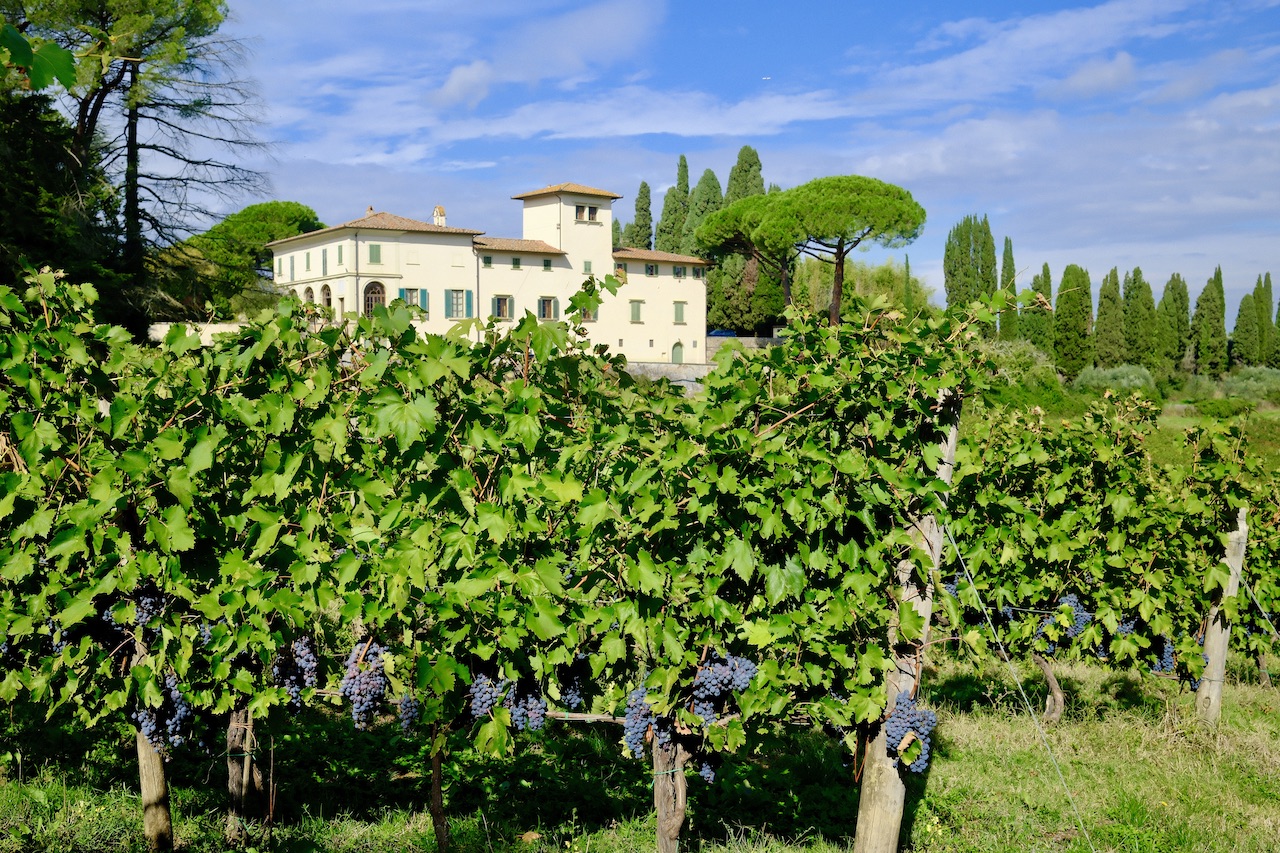Wine Tours in Tuscany - About Angie - +39 3333185705 - angie.chianti@gmail.com
Some people ask about the difference between Chianti and Chianti Classico wines and many are not even aware that there is a difference.
The production area
As the name itself suggests, “Classico” means “classic” and we can therefore understand that it is somewhat the “original” one. In fact Chianti Classico, beside having a longer history, is also the wine produced in the heart of the Chianti region. It is located in central Tuscany, between the towns of Florence and Siena. On the other hand, the wine that is simply Chianti is produced in a much broader area. It is outside and around the Chianti region and spreading as far as near the towns of Pisa and Arezzo.
As both these wines belong to the top DOCG appellation, they both express characters that are considered unique to the areas where they are produced.
The fact that they both contain the word “Chianti” in their name obviously suggests that they share something in common and we could put that down to several factors. For example, both wines are made using the typical Tuscan grape variety sangiovese. This grape is commonly blended with other local or international varieties.
From this point of view they seem identical, but they are different!
The differences between Chianti and Chianti Classico
Conversely, Chianti Classico cannot be bottled before twelve months from the harvest. A whole year in the making, and though it is not mandatory, the aging of this wine in wood, is a very common practice. At least for a short period of time that often ranges from six to nine months. The result is that Chianti Classico is a wine offering greater body, more complexity and also a smoother finish. It is still a very versatile wine, when it comes to pairing with food. Even though it is obviously better suited with the richer dishes, such as red meat and tasty cheese.
Another important difference is the yield restrictions. That directly affect the different concentration of the grapes used to make these wines. It will always cause Chianti Classico to be more full body than Chianti.
The price
The pricing of these wines is also different, but understanding what is behind the basic requirements for their production helps appreciating the fact that a bottle of Chianti Classico will always be more expensive than its “cousin” Chianti and, although both wines are usually drunk in the short term, Chianti Classico offers the possibility to be stored in the bottle for up to 7 years from the harvest.






